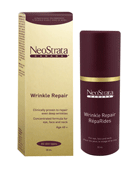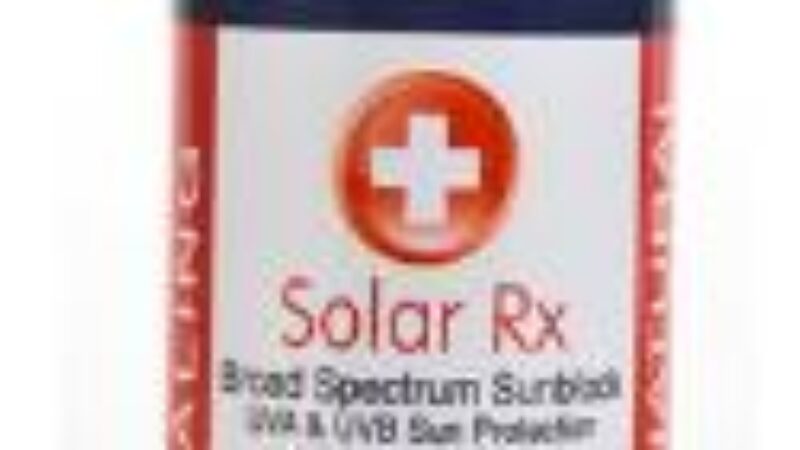Matrixyl, also known as Palmitoyl Pentapetide 3 (and later renamed to Palmitoyl Pentapeptide 4 or Pal-KTTKS), is a small molecule made up of 5 amino acids linked to a fatty acid. The fatty acid component helps to increase its penetration into the skin.
Matixyl’s main use in skin care preparations is as an alternative to retinoids in wrinkle treatments. Matrixyl tends to better tolerated than retinoids which are known to cause irritation in some individuals. Studies on skin cells have shown that Matrixyl helps to boost the production of collagen, elastin and glycosaminoglycans, the key constituents of the skin’s matrix.
In terms of numbers, there aren’t a lot of studies to back up Matrixyl’s claims – certainly not as many as may be found with Vitamin C and retinoids, for example. And most of the clinical research done on its efficacy have been done by Procter and Gamble and Sesderma, the manufacturers of Matrixyl. However, there is data to support its being as effective as retinol in reversing the effects of sun damage as well as improving the appearance of wrinkles. Few side effects have been reported.
Should you integrate a Matrixyl containing preparation into your skin care routine?
If you cannot tolerate retinoids, or if you wish to try a product that works via a different pathway to achieve synergistic (additive) effects, then a Matrixyl preparation may be right for you. If this is the case look for one containing at least 3% Matrixyl, which was the minimum effective concentration used in the clinical studies.
You may want to consider Neostrata Wrinkle Repair. Formulated with5% Matrixyl, it has been shown to improve the appearance of wrinkles and is well tolerated.




